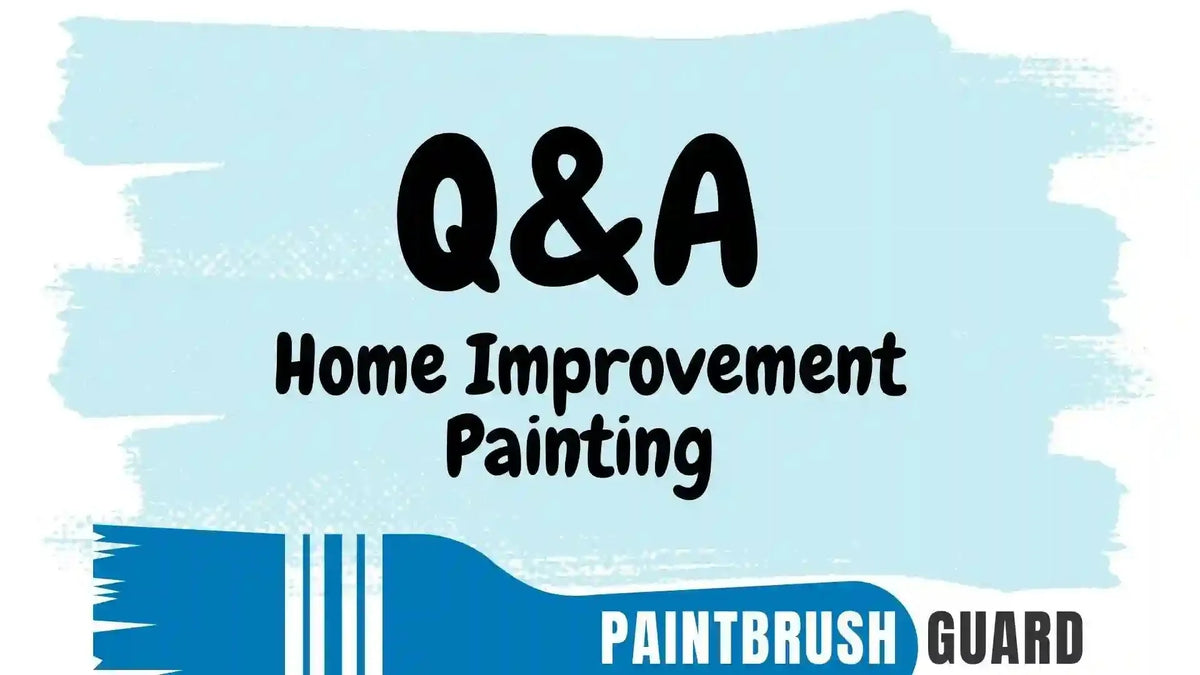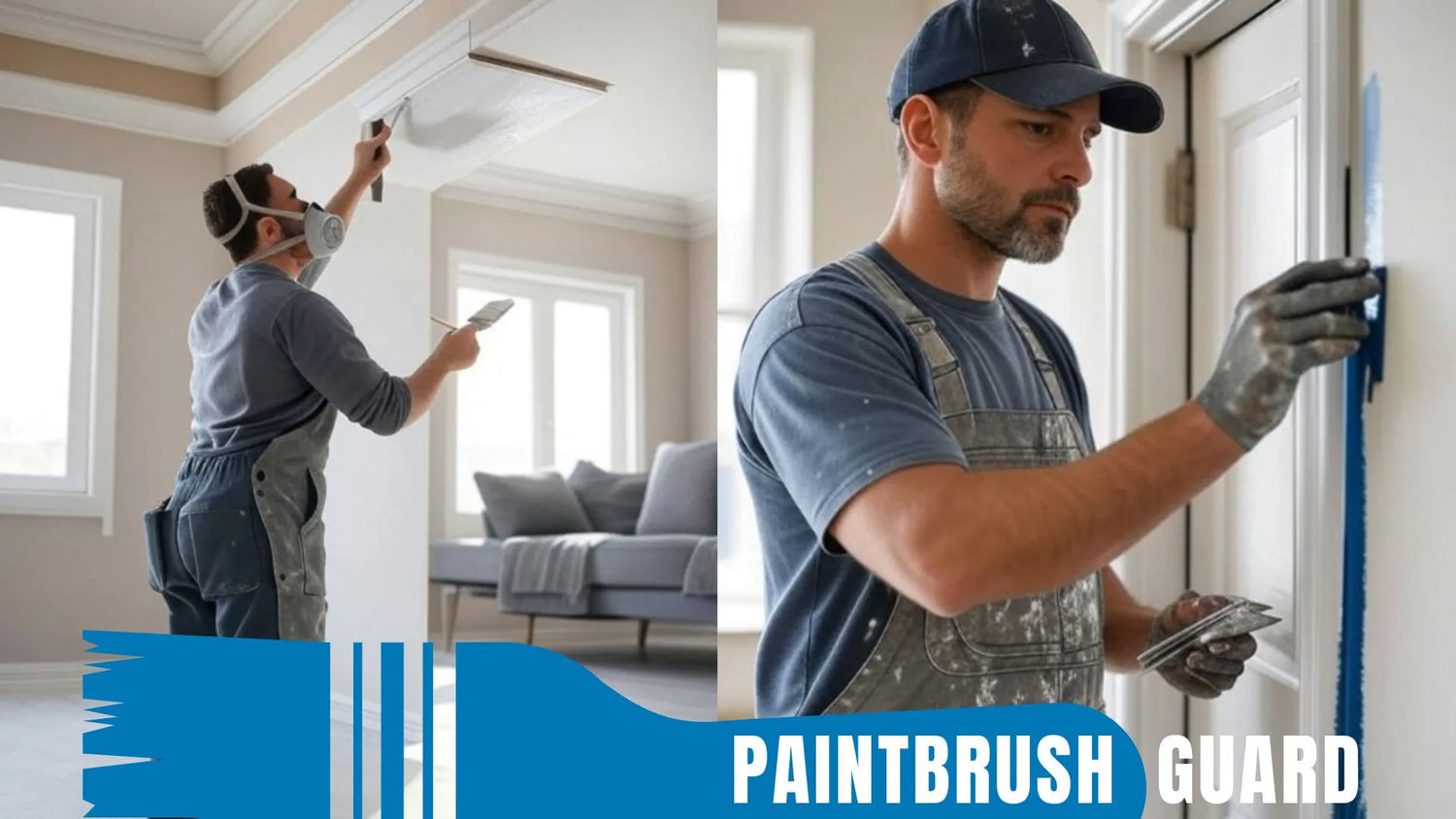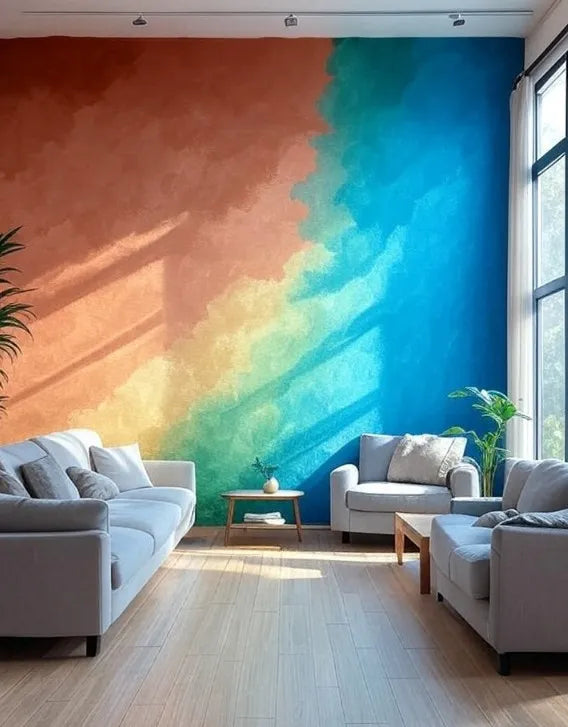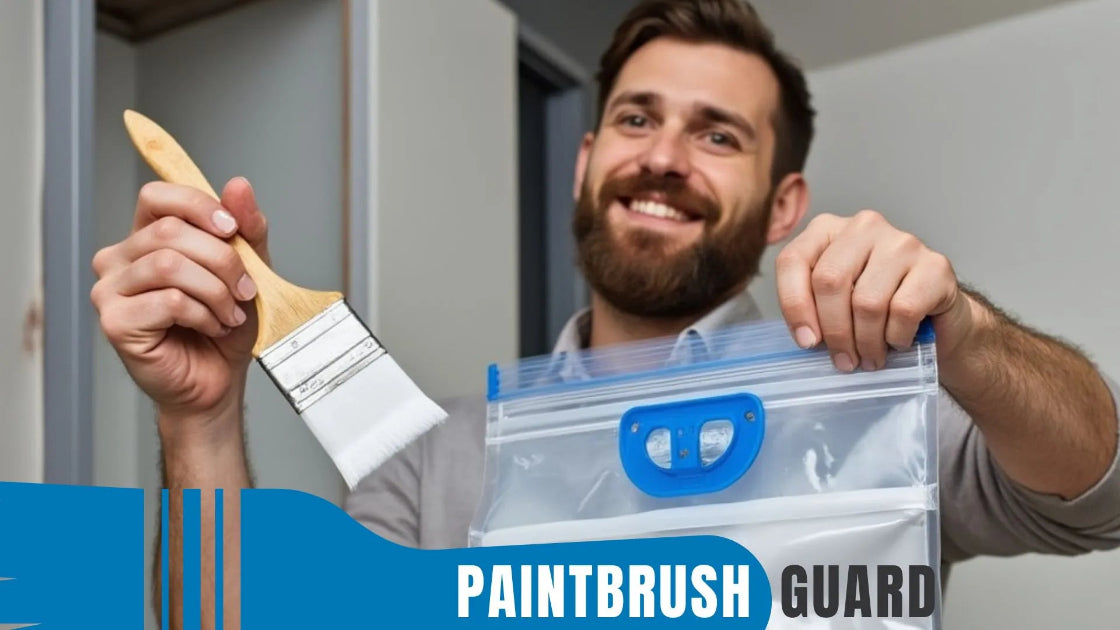
How Long Does Paint Last on Wood Outside and What Impacts Durability
|
Time to read 8 min
|
Time to read 8 min
Paint on exterior wood typically lasts 5–10 years, depending on preparation, paint type, and climate. Proper cleaning, priming, and quality paint extend durability, while poor prep or harsh weather shortens it. Understanding these factors ensures a long-lasting, attractive finish for wood surfaces.
This in-depth guide explores every aspect of preparing for exterior wood painting for homeowners.
The lifespan of paint on exterior wood depends on multiple factors, including surface preparation and environmental conditions.
Poor choices or shortcuts can lead to peeling or fading, requiring repainting sooner. Here’s why some paint jobs last longer than others on outdoor wood.
These factors highlight the need for proper techniques to maximize paint durability.
Learn how to paint old exterior wood and how to do It right. Discover why preparation prevents peeling, risks of skipping it, and tips for a professional finish.
High-quality paint on well-prepared exterior wood typically lasts 5–10 years. Acrylic latex paints can last 7–10 years with proper prep, while oil-based paints may last 5–7 years.
Poor preparation or harsh conditions can reduce this to 2–3 years. Regular maintenance extends the finish.
Several elements influence how long paint lasts on outdoor wood:
Addressing these factors improves paint longevity.
Factor |
Why It Matters |
Surface Preparation |
Ensures strong adhesion, preventing peeling |
Paint Quality |
High-quality paints resist weather and wear |
Climate Conditions |
Affects fading, cracking, or moisture damage |
Wood Maintenance |
Sound wood extends paint lifespan |
This table shows what influences paint durability on wood.
Discover 6 fixes for peeling before exterior wood painting. Learn how to scrape, sand, and prime wood for a smooth, durable painted finish.
To achieve a long-lasting paint job on exterior wood that endures 5–10 years, follow these detailed steps to prepare and apply paint effectively.
Tailor your paint and sealant choices to your region’s weather. In humid or rainy areas, prioritize moisture-resistant paints and sealers with mildew inhibitors to prevent mold growth.
In dry, sunny regions, select paints with enhanced UV protection to avoid fading and cracking. Check local weather forecasts and avoid painting during wet or extreme conditions. For coastal areas, consider marine-grade products to resist salt corrosion.
Start by removing dirt, mildew, and loose paint to ensure a clean surface for painting. Use a pressure washer on a low setting or scrub with a stiff brush and a mild detergent solution (e.g., 1 part bleach to 3 parts water).
Rinse thoroughly to remove all residue. Allow the wood to dry completely for 24–48 hours, checking for any remaining moisture with a moisture meter to prevent trapping water under the paint, which can cause peeling.
Carefully inspect the wood for damage, such as cracks, splinters, or rot. Use a putty knife to apply exterior-grade wood filler to fill cracks and small holes, smoothing with a spatula. For rotted or severely damaged sections, cut out affected areas and replace with new wood, securing with exterior screws or adhesive.
Sand the entire surface with medium-grit sandpaper (80–120 grit) to remove rough spots and old paint flakes, then finish with fine-grit sandpaper (150–220 grit) for a smooth surface. Wipe down with a damp cloth to remove dust.
Learn how to prep exterior wood painting during rainy seasons with these 5 essential tips. Ensure a durable, professional finish despite wet weather challenges.
Select an exterior-grade, stain-blocking primer formulated for wood to seal the surface and improve paint adhesion. Apply one even coat using a high-quality synthetic brush or roller, covering all surfaces, including edges and corners. Ensure the primer is compatible with your topcoat (e.g., oil-based primer for oil-based paint).
Allow the primer to dry fully, typically 4–24 hours, as specified on the product label, checking for tackiness before proceeding. This step prevents stains from bleeding through and ensures a strong bond for the paint.
Select an exterior-grade acrylic latex or oil-based paint specifically designed for wood surfaces. Acrylic latex is preferred for its flexibility, UV resistance, and breathability, ideal for most climates. Oil-based paints offer durability but may yellow over time.
Choose a paint with mildew-resistant additives and longer warranties (e.g., 15–25 years). Pick a color suited to your climate: light colors in sunny areas to reduce heat absorption, darker shades in cooler regions. Read the label to confirm suitability for exterior wood.
Use a high-quality synthetic brush for detailed areas and a roller for larger surfaces to apply two thin, even coats of paint. Stir the paint thoroughly before use and avoid painting in direct sunlight, high humidity, or temperatures below 50°F (10°C) or above 90°F (32°C), as these conditions can impair drying and adhesion.
Apply the first coat, covering all surfaces, and let it dry for 4–6 hours (or per label instructions). Lightly sand with 220-grit sandpaper between coats to remove imperfections, then wipe clean. Apply the second coat for full coverage and a professional finish.
Learn how to prep exterior wood painting during rainy seasons with these 5 essential tips. Ensure a durable, professional finish despite wet weather challenges.
Protect the paint by applying an exterior-grade clear sealant, such as a polyurethane or acrylic sealer, to guard against moisture, UV rays, and wear. Use a brush or sprayer to apply a thin, even coat, following the wood’s grain.
Allow the sealant to dry for 24 hours, or as specified, before exposing the surface to weather. This step extends the paint’s lifespan, especially in harsh climates, by adding an extra layer of defense.
These steps guarantee a durable, attractive finish on outdoor wood, protecting your investment for years.
If painting seems challenging, consider these alternatives for refreshing outdoor wood:
These options suit those concerned about paint maintenance.
Discover the best outdoor paint for wood in our ultimate guide! Explore top brands, application tips, and expert advice to protect and beautify your wood .
Painting exterior wood can enhance home value if done well. A durable, neutral-colored finish (e.g., white, gray) boosts curb appeal and attracts buyers.
Poorly applied paint from inadequate prep may deter buyers due to peeling or damage. In markets valuing natural wood, painting could reduce appeal.
Paint on exterior wood lasts 5–10 years with proper preparation, quality paint, and maintenance, but poor prep or harsh conditions can shorten this. This article has outlined key factors and steps to maximize durability.
By following these practices or exploring alternatives, you can achieve a lasting, attractive wood exterior.
Proper surface prep, high-quality acrylic latex paint, and climate conditions significantly impact paint longevity for a cedar deck project. Thorough cleaning, priming, and choosing UV-resistant paint ensure a durable finish, while poor prep or extreme weather can cause peeling within a few years.
Cleaning with a low-pressure washer and repairing cracks with wood filler for a barn exterior ensures strong paint adhesion. Sanding smooths surfaces, preventing flaking, and creates a lasting finish, reducing the need for frequent repaints and maintaining a professional appearance.
Selecting mildew-resistant acrylic latex paint for a garden pergola provides flexibility and UV protection, extending durability in varied climates. High-quality paints with long warranties resist fading and cracking, ensuring a vibrant, protective finish with minimal maintenance.
The Paintbrush Guard’s vacuum-seal technology keeps brushes wet during breaks for a porch railing project, saving 15 minutes per session by skipping cleanup. This preserves bristle quality, reduces water and solvent waste, and supports eco-friendly painting with seamless project continuity.
Staining a wooden fence enhances grain while offering UV protection, or pressure washing a patio restores its natural look without paint. These methods preserve wood’s aesthetic, reduce maintenance, and suit homeowners seeking low-commitment, eco-conscious solutions for outdoor surfaces.
Read our exterior house painting guide: This mega guide gives you clear tips, tools and methods on how to paint all exterior surfaces on your home.

Learn about eco-friendly painting, tips and tutorials on house interior and exterior surfaces, so you can get started with your project without any surprices during or after your painting.

Learn how interior house paint colors influence mood with expert tips on room preference so you can pick the best colors for a harmonious home environment.
We focus on the most popular shades for each interior colors, so you don't miss no matter what color you pick.

Learn how this innovative tool allows you to store paintbrushes without the need for immediate cleaning, offering significant advantages in time savings, water conservation, reduced chemical pollution, and lower costs for supplies.


